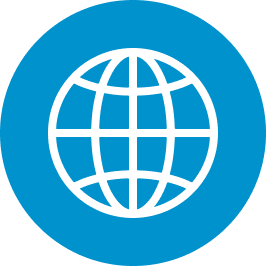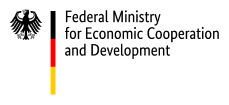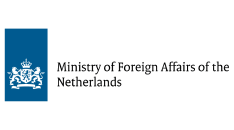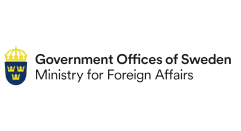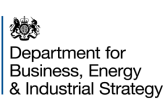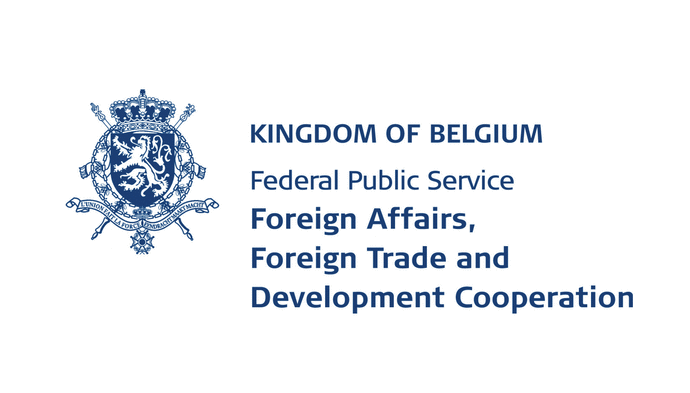Blue Economy
Belize
In Belize, WWF and PEW Trust supported research studies to value the coastal ecosystems’ blue carbon potential and adaptation co-benefits. This informed NDC targets and will strengthen the protection and effective management of blue carbon stocks over the long term. Desktop analysis of mangroves has aided in valuation, preliminary assessment of the costs of mangrove protection per unit area, and climate and ecosystem service risk modelling. Field analysis of below ground mangrove and seagrass carbon is also being conducted. The updated mapping will offer robust information to assist in informing the seagrass below ground carbon analysis and help to identify seagrass areas for targeted protection.
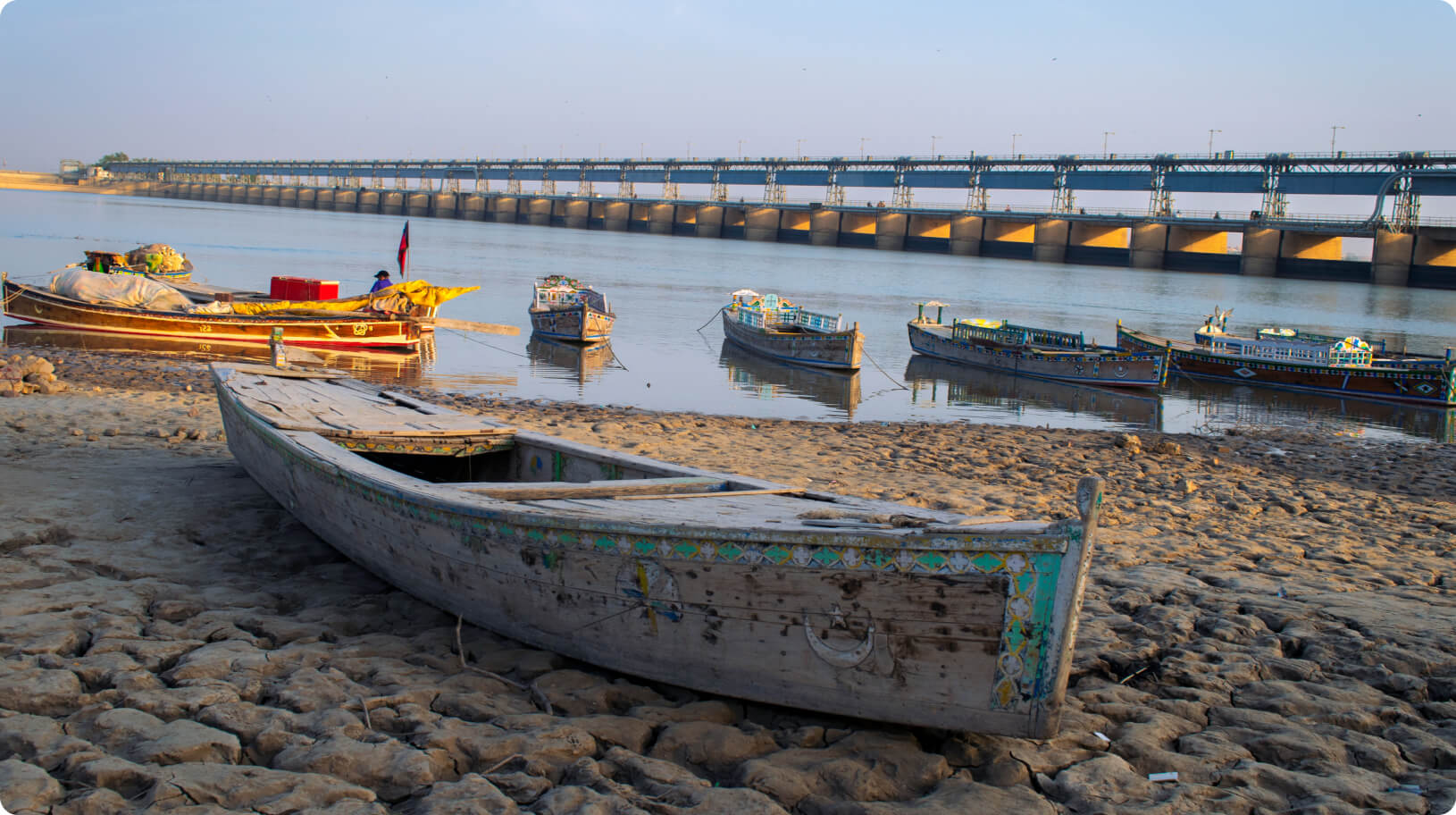
Pakistan
Blue Carbon ecosystems provide an opportunity for not only climate change mitigation by sequestering carbon but also adaptation benefits by protecting coasts from erosion, extreme weather events etc., improving water quality, maintaining biodiversity and providing livelihood opportunities through enhanced fish stock and coastal tourism. Pakistan recently recorded an increase in its mangrove forests where the area extent increased by 300 percent from 1990 to 2020. World Bank conducted the first-pass assessment of Pakistan’s blue carbon potential highlighting that in 2020, the mapped Mangroves and Tidal Marshes potentially store approximately 21 million tons of organic carbon or 76.4 MtCO2e worth 0.9-1.5 billion USD1 . Pakistan as a part of country’s commitment to restore its natural ecosystems, has planned restoration and management of coastal and marine ecosystems through different initiatives like Ten Billion Tree Tsunami Program (TBTTP), Protected Areas Initiative, REDD+ etc. Under TBTTP, provincial government of Sindh will plant 1.5 billion mangroves along the coastline to fight climate change.
1Pakistan Blue Carbon Rapid Assessment, the World Bank 2021.
